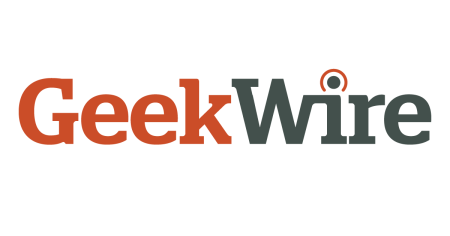Mortgage refinance rates in the US on April 17, 2024, are still high, but the actual rate you receive will depend on factors such as your credit history, financial profile, and application. Experts recommend shopping around to ensure you are obtaining the lowest rate possible. With rates fluctuating daily, it is important to stay informed and compare multiple lenders to find the best deal. Many homeowners are choosing to keep their existing mortgages rather than refinance due to the high average rates of over 6.5% in recent months.
Despite the high rates, experts suggest that refinancing could make sense for those with rates above 8%. However, the decision to refinance ultimately depends on each individual’s financial situation, as there are costs associated with the loan process. Mortgage rates have been elevated due to the Federal Reserve’s efforts to combat inflation with increased interest rates. However, experts anticipate that slowing inflation and projected interest rate cuts by the Fed will stabilize mortgage rates by the end of 2024, although the timing depends on economic data and market response.
When considering refinancing, it is essential to understand the process and your options. Refinancing involves taking out a new home loan to pay off your existing mortgage. You can choose between a traditional refinance with a different term or interest rate, or a cash-out refinance where you receive cash from the equity in your home. Reducing your interest rate by 1% or more can lead to significant savings on your monthly payments, making refinancing a potentially beneficial financial move. It is crucial to assess whether refinancing aligns with your long-term financial goals and circumstances.
Selecting the right refinance type and term is key to getting the best rates. Your eligibility for the rates advertised online depends on market conditions, credit history, financial profile, and application. Higher credit scores, low credit utilization ratios, and a history of timely payments can help secure better interest rates. The most common refinance terms include 30-year fixed-rate, 15-year fixed-rate, and 10-year fixed-rate options, each with varying monthly payments and overall interest costs. Assessing your financial situation and ability to handle the monthly payments is crucial in selecting the most suitable refinance term.
Homeowners typically refinance to save money, but there are other reasons to consider refinancing. These may include securing a lower interest rate, switching from an adjustable-rate to a fixed-rate mortgage, eliminating mortgage insurance, changing the length of the loan term, tapping into equity through a cash-out refinance, or removing someone from the mortgage in case of divorce. By understanding your reasons for refinancing and assessing your financial goals, you can determine whether refinancing is the right choice for you based on your individual circumstances and objectives. Additionally, speaking with multiple lenders and comparing rates is essential in finding the best refinancing option.
In conclusion, mortgage refinance rates on April 17, 2024, remain high in the US, but individual rates vary based on factors such as credit history and financial profile. Refinancing could be a viable option for homeowners with rates above 8%, although it is essential to consider the associated costs. Understanding the refinancing process, selecting the right type and term, and evaluating your reasons for refinancing are crucial steps in determining if refinancing aligns with your financial goals. Keeping an eye on daily rate fluctuations and seeking multiple lender quotes can help you find the most favorable refinancing option for your specific circumstances.















